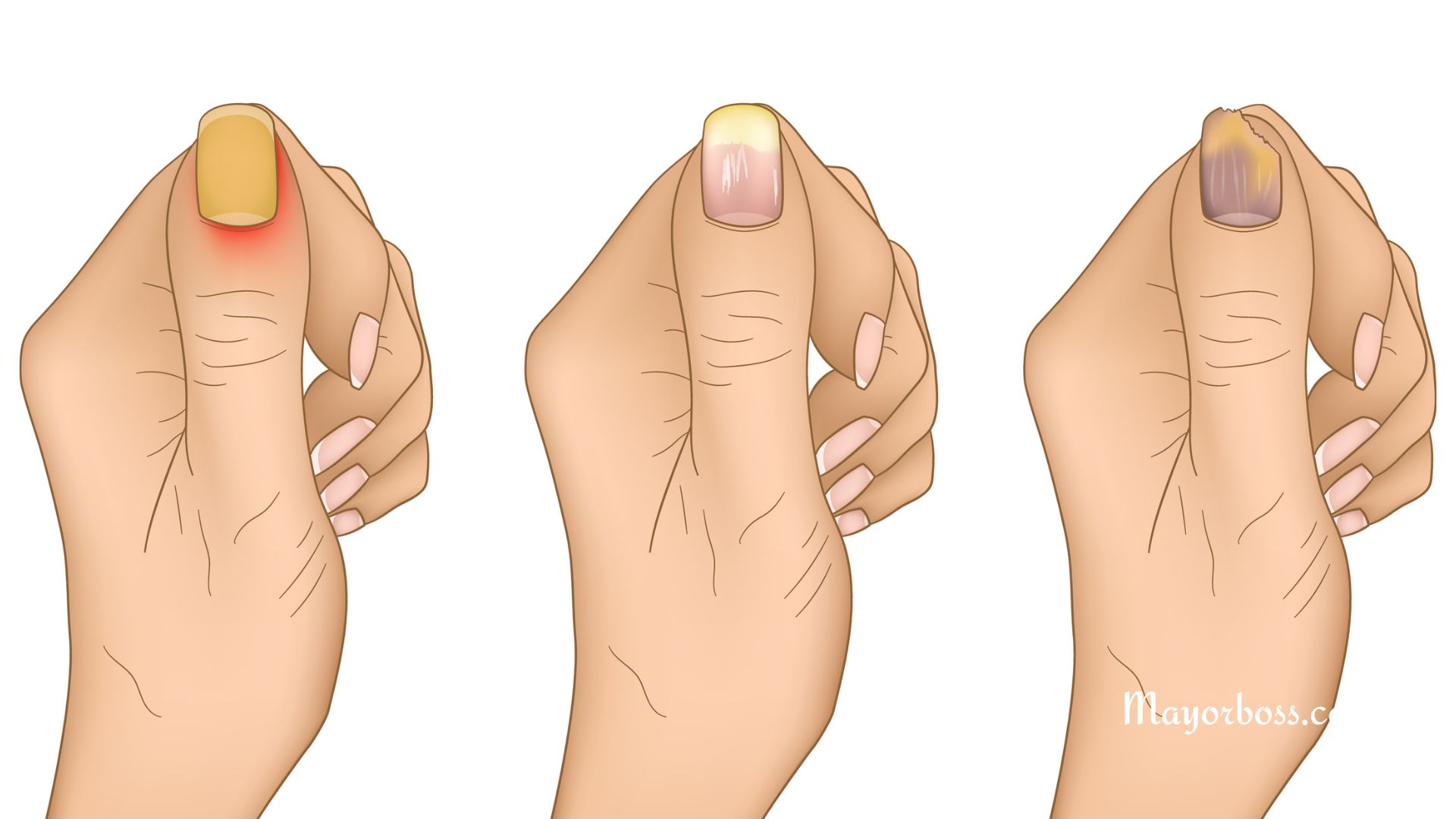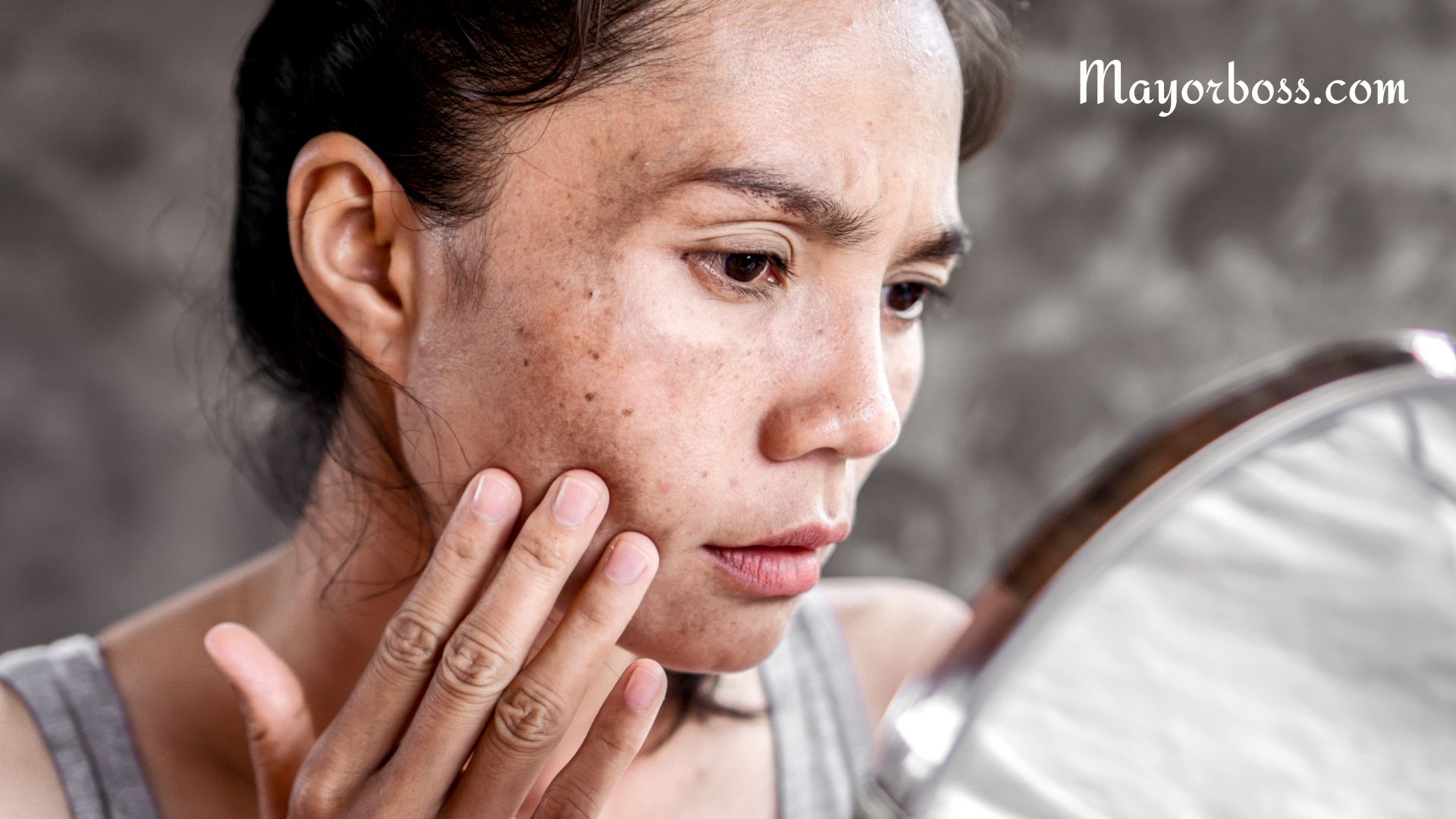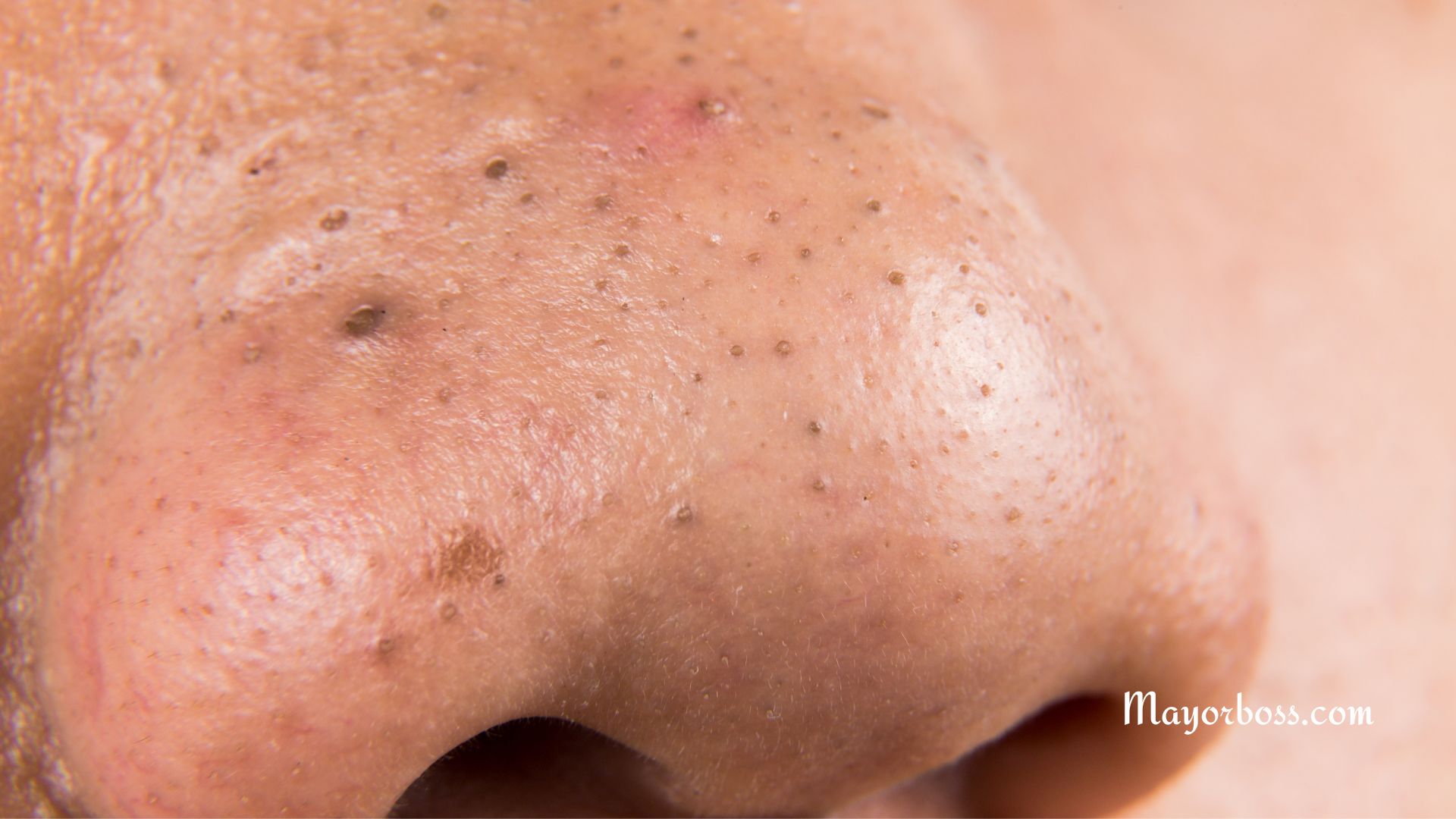What Causes Rosacea?
Rosacea is a common skin condition, but have you ever wondered what causes it? Let’s dive into this topic.
What is Rosacea?
Rosacea is an incurable, inflammatory skin condition that primarily affects the face. It’s generally characterized by redness, visible blood vessels, and sometimes small, red, pus-filled bumps.
What Causes Rosacea?
Unfortunately, the actual cause of rosacea is still unknown, but various factors are thought to contribute to its development.
1. Genetic Predisposition
If you have a family history of rosacea, you’re more likely to develop the condition. This suggests that genetics play a role in rosacea.
2. Abnormalities in Blood Vessels
Some researchers believe that abnormalities in the blood vessels of the face may cause flushing, persistent redness, and visible blood vessels that are typical in rosacea.
3. Skin Peptides
Certain peptides in the skin may react to elements like bacteria, causing the skin to swell and become red.
4. Demodex Folliculorum (A Tiny Mite)
A mite known as Demodex folliculorum lives on human skin and is more commonly found in the skin of people with rosacea.
Some researchers believe this mite could be a factor, or it may be that the bacteria in the mites cause the inflammation associated with rosacea.
5. Helicobacter Pylori Bacteria
This bacterium is found in the gut and is known to stimulate the production of a protein called gastrin, which may cause the skin to look flushed.
6. Environmental Factors
Various environmental factors can worsen rosacea, including spicy foods, alcohol, emotional stress, hot drinks, extreme temperatures, sunlight, or wind.
Rosacea Treatment
If you’re grappling with rosacea, you might be seeking effective treatments. Let’s talk about various ways you can manage this condition.
It’s important to note that while there is currently no cure for rosacea, treatments can help control and reduce the signs and symptoms.
1. Topical Medications
These are often the first choice for treating rosacea. They can be applied to the affected areas of the skin. Examples include metronidazole, azelaic acid, and ivermectin.
2. Oral Antibiotics
Oral antibiotics such as doxycycline can help reduce inflammation associated with rosacea. They are typically used for moderate to severe rosacea.
3. Isotretinoin
Isotretinoin is a powerful oral medication often used for severe rosacea when other treatments are ineffective. Due to potential side effects, it’s generally reserved as a last resort.
4. Laser and Light Therapy
Laser and intense pulsed light therapy can help reduce redness and visible blood vessels. This type of particular treatment might require multiple sessions.
5. Lifestyle Changes
Certain triggers can worsen rosacea symptoms. Thus, Identifying and avoiding these triggers can be an effective part of managing rosacea.
This might involve tracking your flare-ups and noting associated activities, foods, or environmental factors.
6. Skin Care
Adopting a gentle skincare routine can also help manage rosacea. This might include using a mild cleanser, avoiding abrasive skin care products, and protecting your skin from sun exposure.
Remember, treatment for rosacea varies because of the signs and symptoms, and their severity can vary greatly from person to person.
As such, treatment must be tailored by a healthcare provider to each individual’s case. Always consult with a healthcare professional like a dermatologist if you think you might have rosacea or if your current treatment isn’t helping.
You don’t have to live with the discomfort and stress of untreated rosacea. There’s help out there for you!
Further Reading: Psoriasis: Causes, Symptoms, and Treatment






